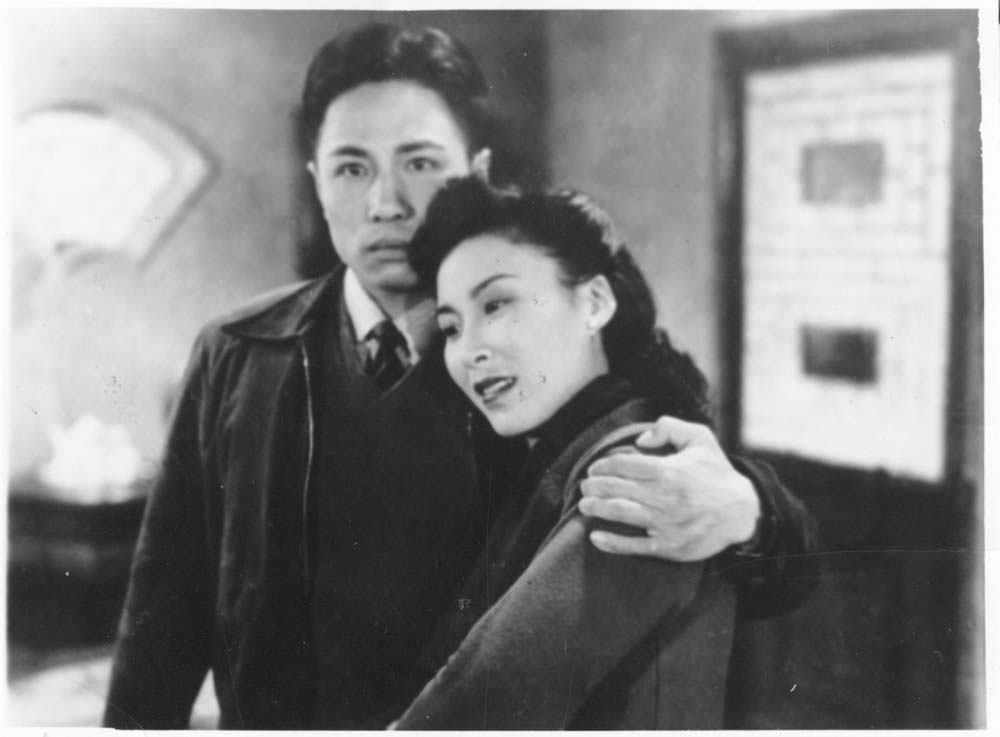Opened just last year, the Shanghai Film Museum ranks as one of the world’s most state of the art institutions for people to explore movie history, specifically, movie history in Shanghai. For the first half of the 20th century, nearly all Chinese films were made in Shanghai, but the city lost much of its moviemaking autonomy when the Communist government moved film operations to the capital of Beijing. This $100 million museum can be seen as a monument to Shanghai’s glamorous cinematic past, brought back to life as an enduring emblem of its future.
An array of high-tech installations and interactive touch screens transform Shanghai’s movie history into a futuristic experience. One room has walls that flash with images of actors, directors and writers, twinkling like stars in a galaxy of Shanghai cinema history. You are meant to be dazzled with the overwhelming impression that Shanghai’s film history is rich, immense, and finally getting its due. Statues are reserved for a handful of legendary stars. On the right is Hu Die, the Empress of Chinese cinema, whose most stunning achievement was in the classic Twin Sisters, where she played two sisters at once. Beneath her statue sits Ruan Lingyu, China’s all-time supreme actress, whose intense, electrifying career ended all too tragically with her suicide at age twenty-five.
There are shrines to the songstress Zhou Xun and the matinee idol Zhao Dan, who paired up to become one of China’s immortal screen couples in Street Angel. Honoring this 1937 Shanghai masterpiece, the museum has made a replica of its set, a loving recreation of a lost time when the city was made of small houses and streets instead of giant apartment complexes and highways. There’s an even more elaborate, life-size recreation of the set of Crows and Sparrows, the 1949 classic made on the eve of the Communist Revolution. On a more modest scale, there are handmade miniatures of the first Shanghai movie houses from the early 20th century. These clay figurines of Caucasian moviegoers are so cute that you almost forget that they forbade Chinese people to watch movies with them.

Faced with these imperialist injustices, Chinese filmmakers took it upon themselves to create movies that could serve as the pride and inspiration for their people: movies like The Big Road, with its big-hearted, constructive spirit; Spring in a Small Town, frequently cited as the greatest Chinese film ever made; and China’s epic wartime answer to Gone with the Wind, A Spring River Flows East.
The river of time that is Chinese cinema flows in one giant room where touchscreen tables create a stream of movies made in the Communist era. It starts with the1950s, and flows from one year to the next, up until 1965, when the Cultural Revolution shut down nearly all movie studios and sent hundreds of filmmakers to labor camps. In this electronic river of time, you hardly notice that thirteen years are missing. Nonetheless, the river flows on, taking us to the present, where the next generation will be counted on to bring new vitality to Chinese cinema, both past and future.
Kevin B. Lee is a filmmaker, critic, video essayist and founding editor of Keyframe. He tweets at @alsolikelife.




